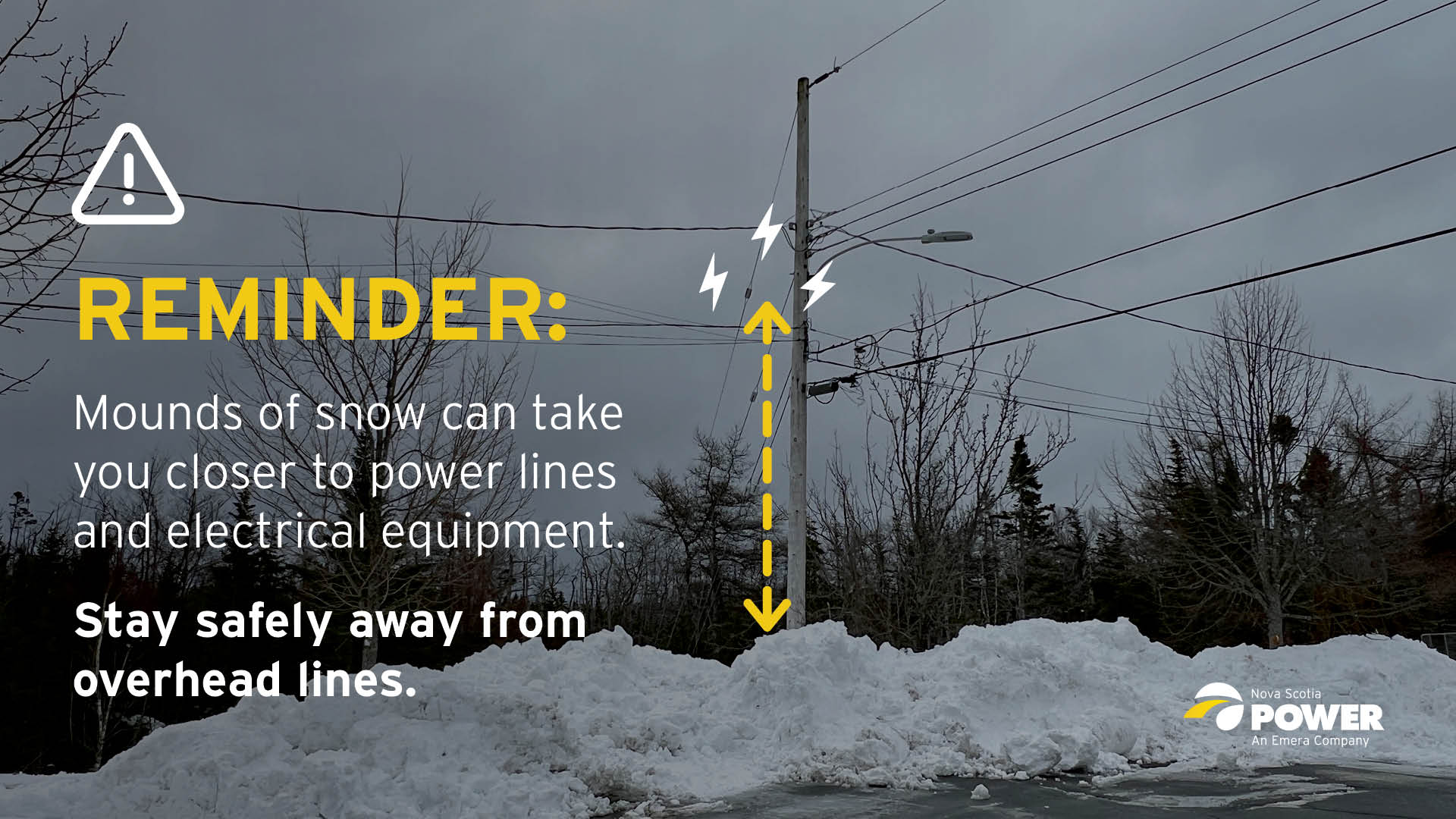Challenges posed by historic snowfall that brought more than 150 cm to some areas

The recent snowstorm that swept through Nova Scotia left behind a blanket of challenges for worker safety across various sectors. As the province grappled with the aftermath of the biggest storm in 20 years, health and safety professionals were on high alert, ensuring measures were in place to mitigate risks for workers facing hazardous conditions.
Navigating hazardous conditions
Matt Drover, senior director of energy delivery at Nova Scotia Power, shed light on the safety challenges faced by power utility workers amidst the snowstorm. "Safety is our number one priority. With winter storms, not only do the winds play a factor, but definitely the buildup of snow…keeping our crews safe with hazardous road conditions was our main focus over the weekend."
1,5 meters of Snow fallen on Canada 2024.
— Joao Carlos pl (@PlJoao1305) February 7, 2024
Nova Scotia region. Photo 05 February 2024 #kswx #kcwx #nywx #ilwx #CAwx #nevada #snow #snowday #snowfall #winter #winterstorm pic.twitter.com/3u8w6oiTxT
It's all part of the big clean-up of 2024, which the province says features more than 1,000 workers using about 400 pieces of equipment to remove snow. Help is arriving from neighbouring provinces like Prince Edward Island and New Brunswick.
Cape Breton Island is buried in snow, and plows are busy working.#NovaScotia #NSStorm pic.twitter.com/onZ3M8HFqO
— Daily News (@DailyUpdatesNet) February 6, 2024
Drover says collaboration is crucial during these kinds of extreme weather events. Coordinating with other provincial agencies, especially those responsible for road maintenance has been paramount. "We work very closely with our partners at DMO to target areas where we think there is damage to our equipment to clear the road and to get access," explains Drover.
 Source: Nova Scotia Power
Source: Nova Scotia Power
Construction site safety amidst adverse weather
Robert Rowe, director of safety services at Construction Safety Nova Scotia, provided valuable insights into the safety challenges faced by construction workers during and after the snowstorm. Rowe stresses the importance of planning, saying, "the key thing is preparing and keeping an eye on the forecast because it does change quickly."
Rowe says all construction companies need to have comprehensive safety plans, particularly in managing snow removal and addressing hazards on construction sites. "A key component is having a plan, such as understanding what you're doing with your laydown area.” Rowe says site inspections are critical, with an eye for assessing hazards and implementing measures to safeguard workers from risks such as falling snow and ice accumulation.
"Even after the storm, if the wind picks up, then the snow can blow around and impact visibility and cause more drifts and overhangs," Rowe cautions. He wants everyone working on construction to understand the dynamic nature of safety considerations in the aftermath of severe weather events.
You know it’s a bad or good #NSStorm when you have to do this to find your vehicle.
— East Coast Drone man (@eastcoastdrone) February 4, 2024
This is my sister in Sydney River Cape Breton digging through about 100+cms of snow pic.twitter.com/jgDjXDKWd9
With as much as 150 centimetres of snow in Cape Breton, the storm serves as a stark reminder of the importance of prioritizing worker safety in adverse weather conditions. “And sometimes that means workers need to stay home,” says Rowe.
My friend Darryl in Sydney River opened his garage door to find he isn’t going anywhere anytime soon. #NSStorm #capebreton pic.twitter.com/ITOtbqakCd
— East Coast Drone man (@eastcoastdrone) February 5, 2024
Health and safety professionals across sectors are dedicated to implementing robust safety measures and fostering a culture of safety that withstands the challenges posed by nature's fury. In the face of adversity, Nova Scotia stands united in its commitment to ensuring the well-being of its workforce, weathering the storm with resilience and resolve.





